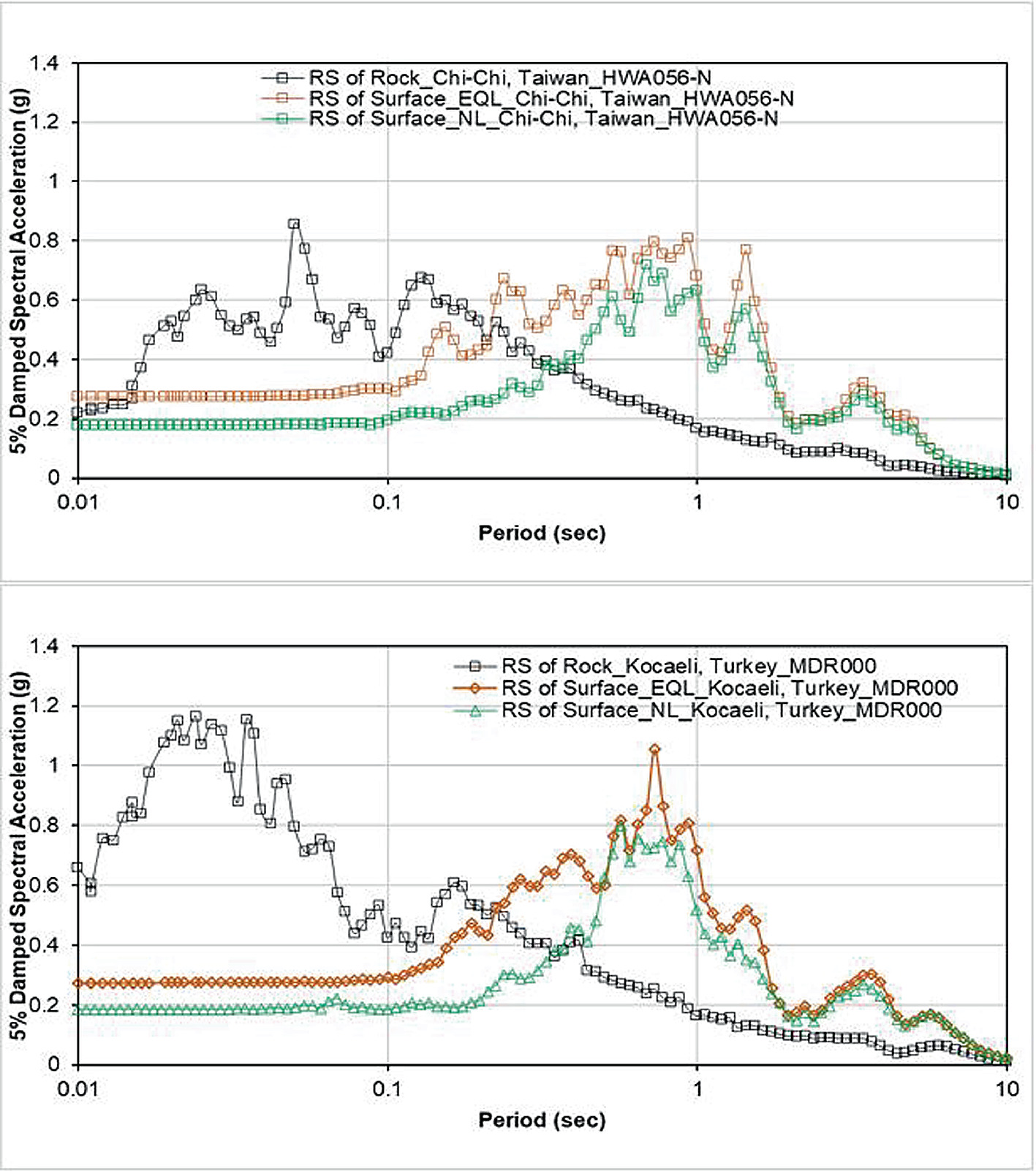

used dynamic finite element method to study the seismic response of layered tunnels to adjacent buildings, and revealed the influence of tunnel depth, building and tunnel spacing on seismic response. used FLAC to analyze the changes of surface acceleration and response spectrum of the subway tunnel before and after construction. Yu Pinqing studied the seismic response of metro stations on weak foundations and the changes of station-site seismic effects, and analyzed the impact of subway station construction on surface displacement and horizontal velocity. It is believed that the amplification effect of underground caverns on ground motion can reach 1.5-8.8 times of the non-cavity. used theoretical analysis and numerical simulation to study the influence of seismic waves on ground motion under the condition of underground caverns.

Some scholars have studied the interaction between underground structures and buildings under earthquake conditions. At the same time, the surface buildings amplify the waves that are close to their own frequencies in the seismic waves, so that the building foundation generates a reaction force corresponding to its own inertial force, which has a certain influence on the ground motion of the building site, so that the seismic response of the subway station changes. Especially in the case of earthquakes, due to the existence of underground space (such as subway stations), subway stations and their structural interfaces have a great influence on the propagation characteristics of seismic waves.

The interaction between metro stations and overlying buildings has received more and more attention. The appearance and development of subway has greatly improved the urban traffic conditions.


 0 kommentar(er)
0 kommentar(er)
